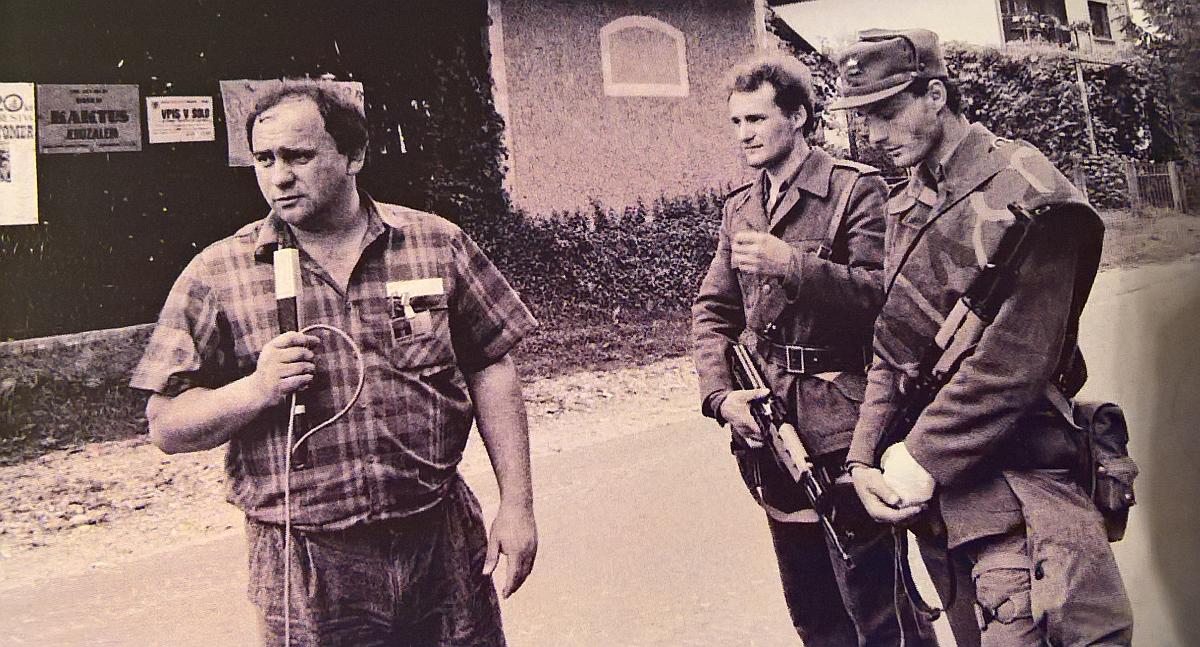
“Those years were a time of major geopolitical change elsewhere in Europe – the fall of the Berlin Wall, the breakup of Czechoslovakia --, which we followed closely, and we thought that change would come to Yugoslavia in a similarly peaceful way,” explains the reporter, who was then working in the Varaždin studios of Croatan Television (HTV) – in an area that was also the home of the Yugoslav Army's 32nd Corpus.
In the early morning hours of June 27, the bureau began to receive concerned phone calls from the people of Varaždin, who were reporting that a column of tanks and armored vehicles was headed towards Slovenia.
Mehun and his crews managed to catch up to a group of armored vehicles that had made stop because of mechanical problems. When Mehun asked one of the army officers where they were headed and what their intentions were, the officer replied that their mission was to protect Yugoslavia's borders and that they were headed towards Gornja Radgona.
“When I was returning home that evening and putting my thoughts together, it still hadn’t occurred to me that I had just experienced my first day on the battlefield and the first war report of many that I would go on to make,” Mehun remembers. Eventually, he followed the action to the front lines in Banovina, Slavonia, and Posavina, where he was severely wounded in 1992 while reporting from a village near Bosanski Brod. He was unable to return to work for several months, but in that time, he authored the book Svjedok rata (“Eyewitness to War”).

































































